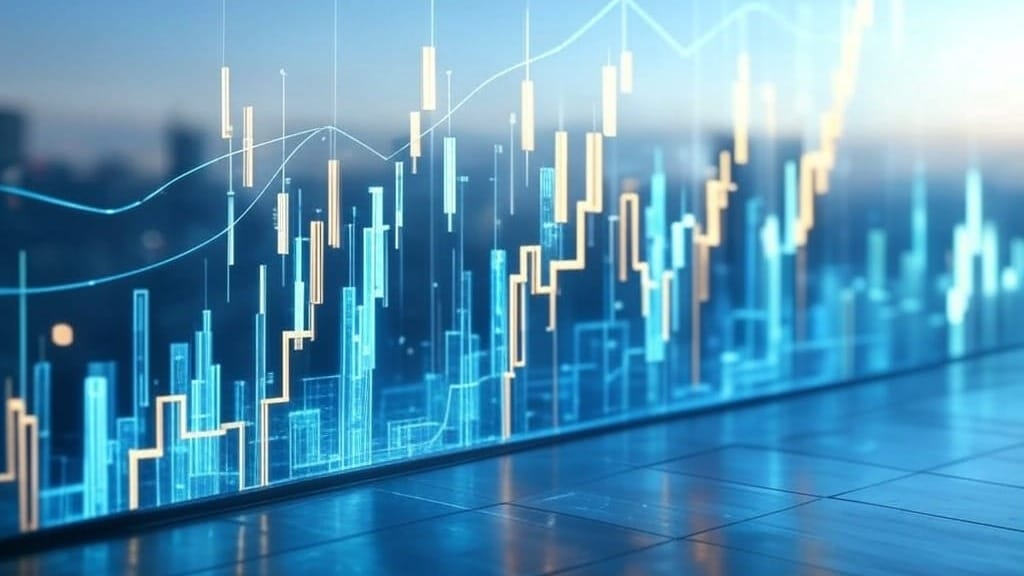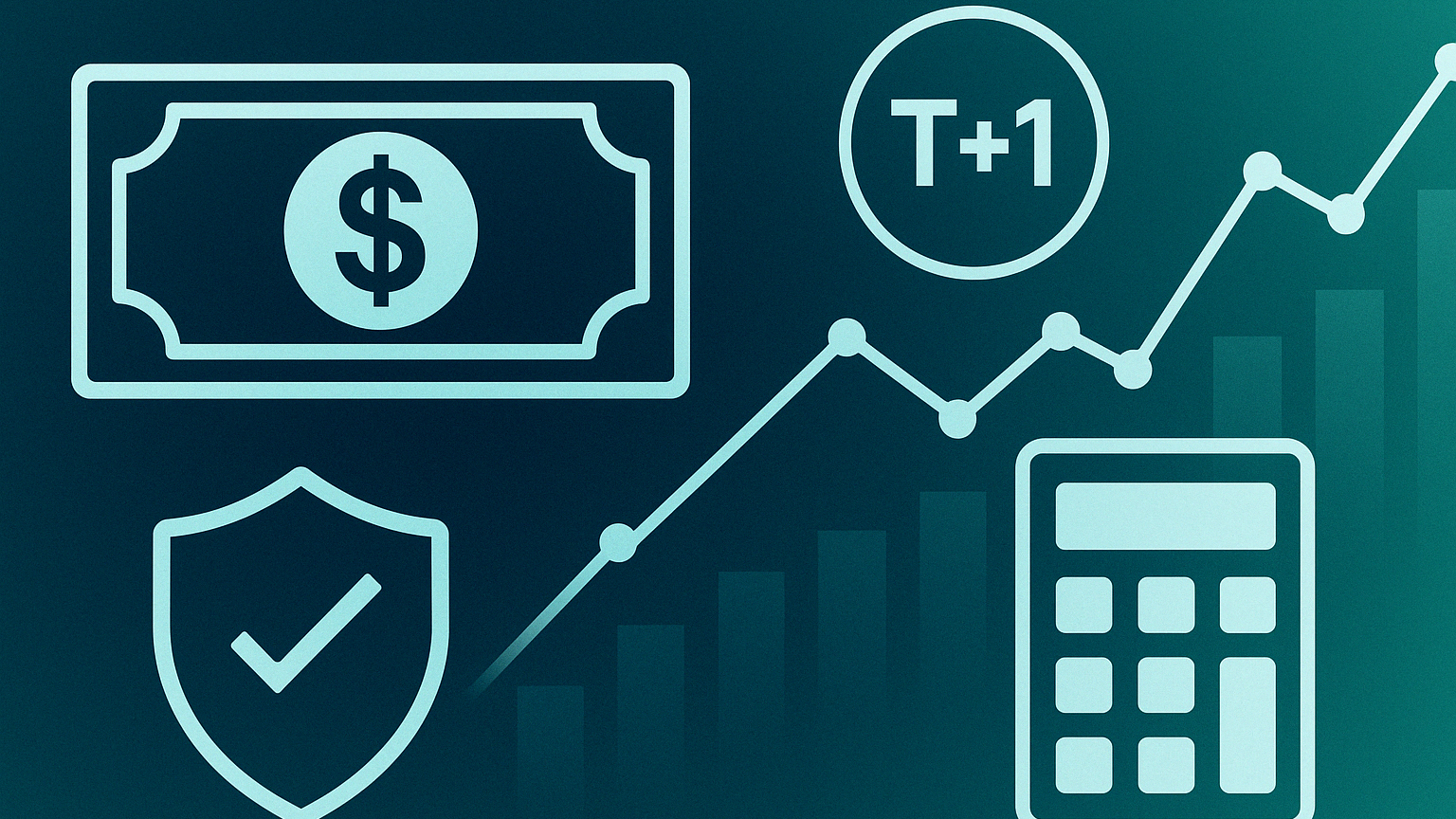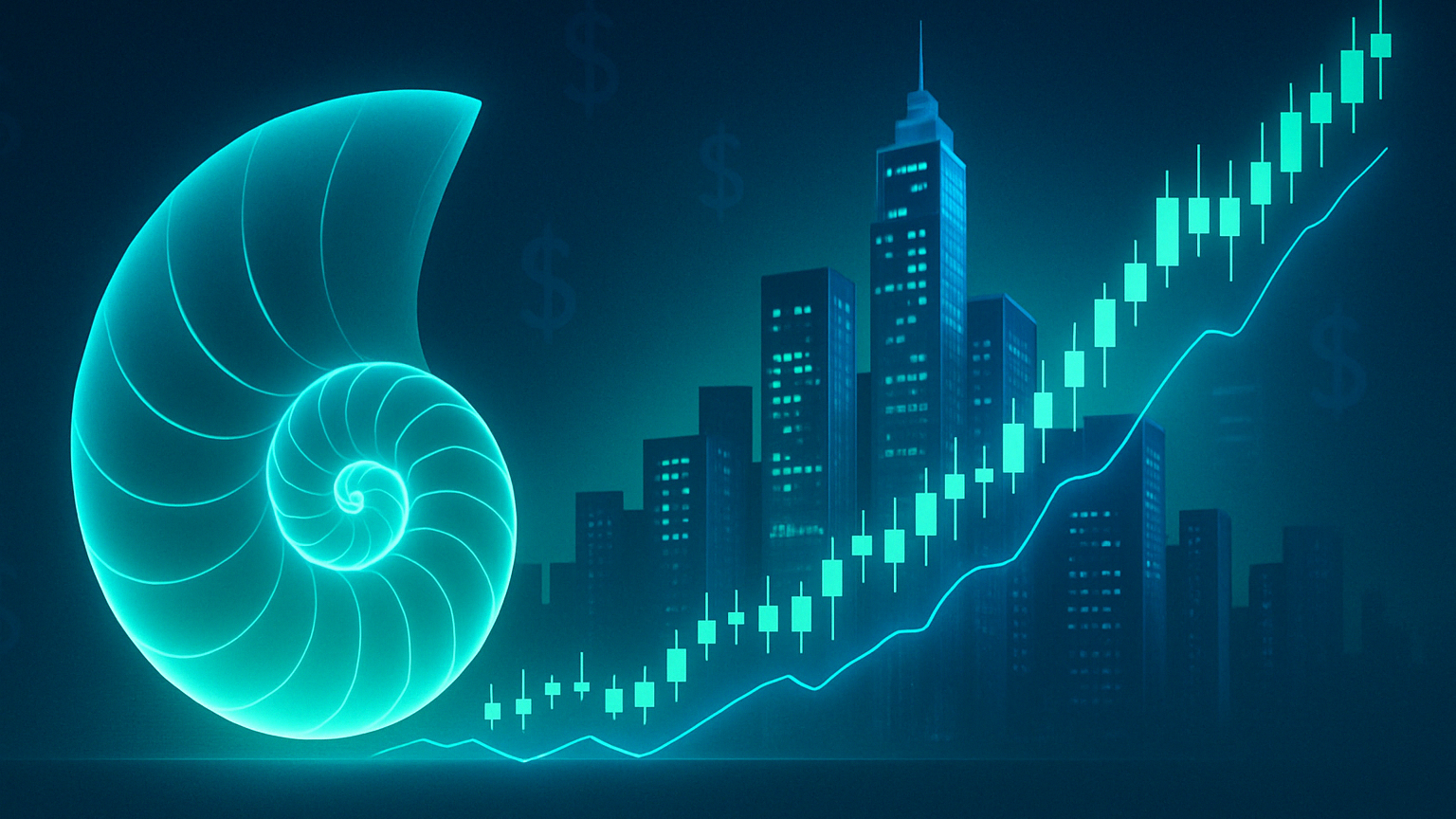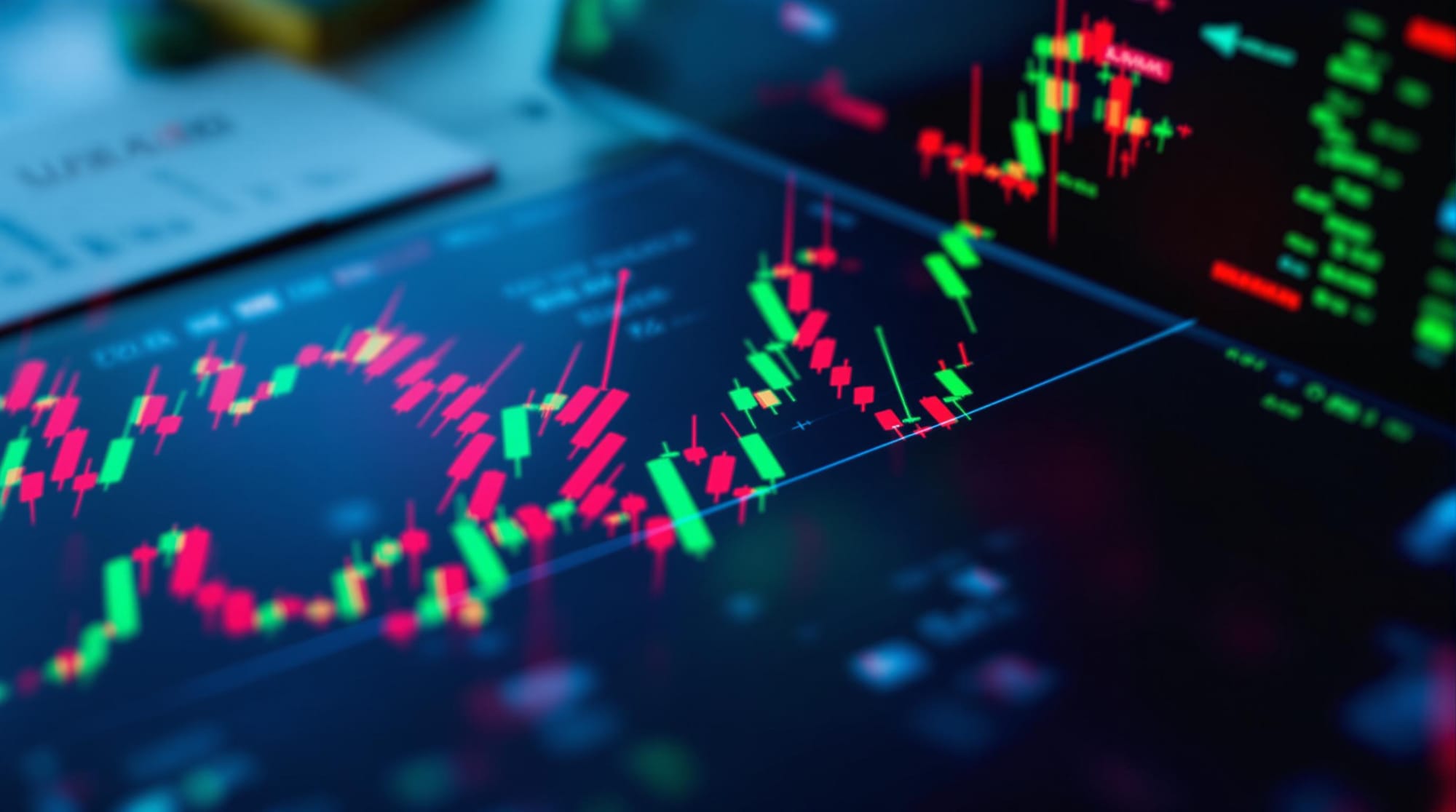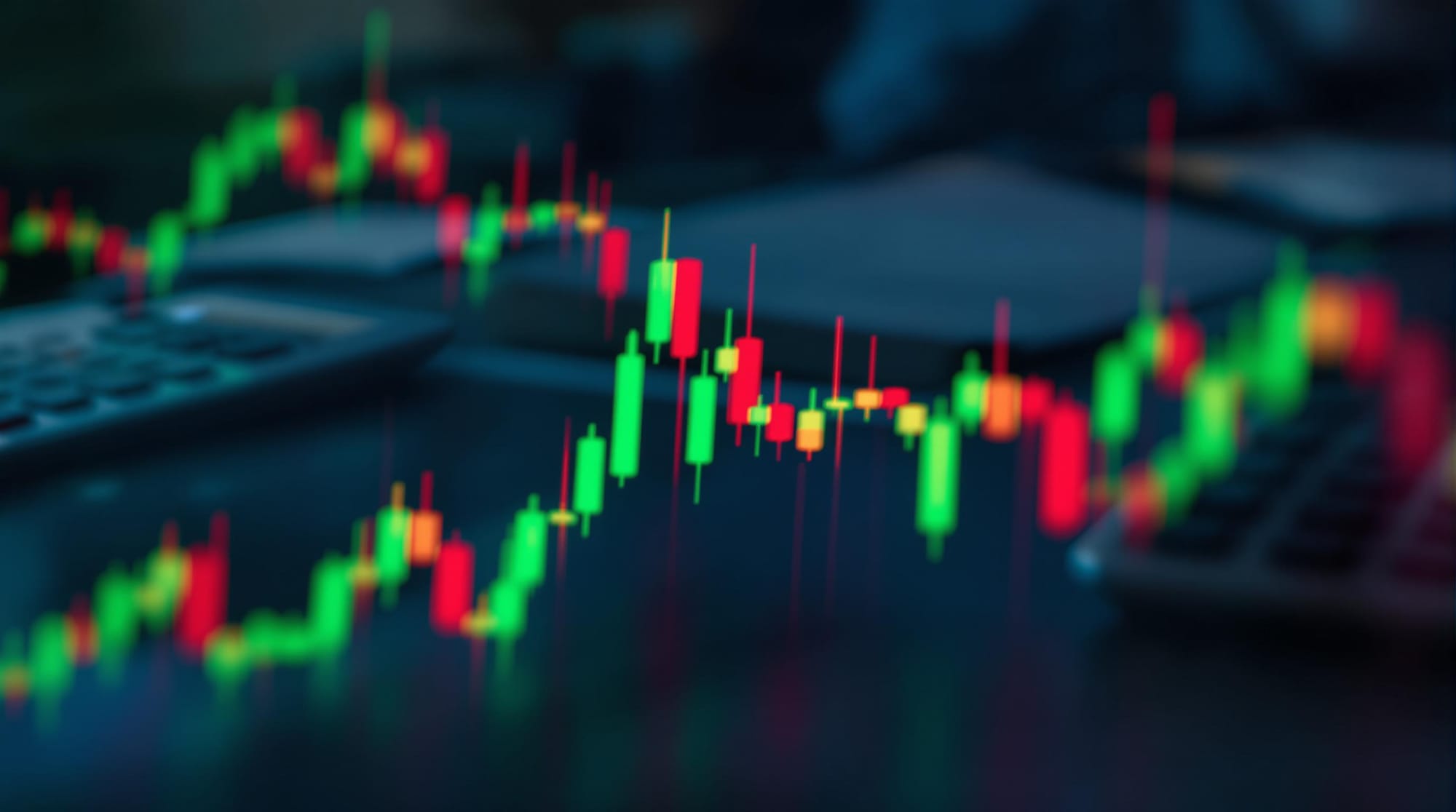Explore how ETFs combine stock flexibility with mutual fund diversification, offering benefits like lower costs, tax efficiency, and intraday trading.
ETFs (Exchange-Traded Funds) are a popular investment tool that combines the flexibility of stocks with the diversification of mutual funds. They offer key benefits like lower costs, tax efficiency, and intraday trading. Here's why ETFs might be right for your portfolio:
- Diversification: Access multiple assets in one fund, reducing risk.
- Cost Efficiency: Lower expense ratios compared to mutual funds.
- Tax Advantages: Fewer capital gains distributions.
- Trading Flexibility: Buy and sell throughout the trading day.
ETFs come in various types, including equity, fixed income, commodity, and specialty funds, catering to different investment goals. Whether you're looking for broad market exposure or targeting specific sectors, ETFs provide a versatile option for building wealth while managing risk.
| Feature | ETFs | Mutual Funds |
|---|---|---|
| Trading | Intraday trading | Priced once daily |
| Expense Ratios | 0.52% (median) | 0.91% (median) |
| Tax Efficiency | More tax-friendly | Higher capital gains |
| Investment Minimum | No minimum | $1,000–$3,000 average |
ETFs are a flexible, cost-effective way to diversify and optimize your portfolio. Whether you're a beginner or a seasoned investor, they offer tools to achieve both long-term and short-term financial goals.
ETF Core Components
ETF Mechanics
Exchange-Traded Funds (ETFs) work through a creation and redemption process that keeps their market prices aligned with the value of their underlying assets. This process relies on Authorized Participants (APs) - specialized market makers who manage the supply of ETF shares. When demand rises, APs create new shares by delivering a basket of the fund's underlying securities to the ETF sponsor. On the flip side, if supply outpaces demand, APs redeem ETF shares in exchange for the underlying securities. These transactions typically happen in large blocks, ranging from 10,000 to 600,000 shares. This system allows for arbitrage opportunities, ensuring that ETF prices stay close to the value of their underlying assets.
Main ETF Categories
ETFs fall into several groups, each tailored to different investment strategies:
| Category | Description | Key Features |
|---|---|---|
| Equity ETFs | Track stock indices or sectors | High trading volume, strong liquidity |
| Fixed Income ETFs | Focus on bonds and debt securities | Income-focused, lower volatility |
| Commodity ETFs | Follow raw material prices | Diversification, inflation hedge |
| Specialty ETFs | Includes inverse and leveraged funds | Potential for higher returns, higher risk |
A standout example is the SPDR S&P 500 ETF (SPY), which tracks the S&P 500 Index. As of July 25, 2024, it managed $553.58 billion in assets, making it the largest ETF. Interestingly, it was also the first ETF introduced in the U.S.
ETFs Compared to Other Investments
ETFs bring several advantages over traditional options like mutual funds, especially in cost and trading flexibility:
| Feature | ETFs | Mutual Funds | Impact |
|---|---|---|---|
| Trading Flexibility | Intraday trading | Priced once daily at close | Allows better entry/exit control |
| Expense Ratios | 0.52% median | 0.91% median | Lower ongoing costs |
| Tax Efficiency | 2.5% capital gains (2023) | 31.5% capital gains (2023) | More tax-friendly |
| Investment Minimum | No minimum | $1,000–$3,000 average | Easier access for smaller investors |
For actively managed funds, ETFs also have a cost edge. In 2023, actively managed ETFs charged an average expense ratio of 0.73%, compared to 1.02% for their mutual fund counterparts. Index-tracking ETFs are even more cost-efficient, with an average expense ratio of 0.48%, compared to 0.81% for index mutual funds.
Another benefit is transparency: ETFs disclose holdings daily, while mutual funds typically update monthly or quarterly. This daily disclosure helps investors stay informed and make better decisions about their portfolios.
ETFs for Portfolio Spread
Quick Portfolio Spread
ETFs make it easy to diversify your portfolio in a single move. For example, the Vanguard Total World Stock ETF (VT) tracks the FTSE Global All Cap Index, offering access to over 9,900 U.S., international developed, and emerging market stocks. On the fixed-income side, options like the iShares Core U.S. Aggregate Bond ETF (AGG) include over 11,990 securities, such as Treasurys, mortgage-backed securities, and corporate bonds.
"Different asset classes provide vastly different return profiles during distinct macroeconomic and market environments... For example, equities and fixed income traditionally have a low correlation, so fixed income can provide a cushion during periods of economic stress where equities are likely to face headwinds." - Michelle Cluver, head of ETF model portfolios at Global X ETFs
In addition to diversification, ETFs help investors save on costs and improve tax outcomes.
Lower Costs and Tax Benefits
| Investment Type | Average Expense Ratio (2023) |
|---|---|
| Index ETFs | 0.48% |
| Active ETFs | 0.73% |
| Index Mutual Funds | 0.81% |
| Active Mutual Funds | 1.02% |
From 2008 to 2023, expense ratios for index equity ETFs dropped by 15%, while index bond ETFs saw a 30% reduction. ETFs also tend to generate fewer taxable events compared to mutual funds, making them more tax-efficient.
Trading Speed and Access
ETFs go beyond cost savings and diversification - they also provide unmatched market access. With nearly 4,000 options in Morningstar's database, investors can target specific sectors or themes while maintaining liquidity:
| ETF Category | Example | AUM | Focus Area |
|---|---|---|---|
| Global Clean Energy | ICLN | $3.14B | Renewable Energy |
| Small Cap Value | AVUV | $6.76B | U.S. Small Caps |
| Battery Technology | LIT | $2.61B | Energy Storage |
"We believe in simplicity, especially for personal investors – we know the biggest decision made is the asset allocation decision, so having a couple of choices for each major asset class is important... We also generally stick to U.S. equity, international equity and fixed income." - Adam Grossman, global equity chief investment officer at RiverFront Investment Group
With their broad market coverage and ease of trading, ETFs allow investors to manage portfolios in real-time while targeting specific investment goals.
Using ETFs in Your Trading Plan
Portfolio Distribution with ETFs
ETFs can play a key role in building a well-rounded investment portfolio. Studies show that asset allocation accounts for over 90% of portfolio returns. To create a balanced portfolio, consider allocating funds across U.S. stocks, international stocks, and high-quality bonds.
| Portfolio Component | Recommended ETF Types | Purpose |
|---|---|---|
| Core Holdings | Broad Market Index ETFs | Provides market-wide exposure |
| Geographic Diversity | International/Regional ETFs | Offers access to global markets |
| Risk Management | Bond/Fixed Income ETFs | Helps stabilize the portfolio |
Start by establishing core positions and gradually invest over a period of three to six months. For more active strategies, short-term ETF trading can be explored.
Short-Term ETF Trading
As of 2022, the U.S. ETF market included 2,844 funds with assets totaling $6.5 trillion. If you're considering short-term trading, liquidity and trading costs are critical factors to evaluate.
Here are two key steps to improve your short-term ETF trading:
- Keep an eye on exchange volumes and use ETFs that provide frequent intraday NAV updates for better liquidity assessment.
- Use limit orders to manage execution prices effectively.
Risk vs. Return with ETFs
Balancing risk and return is just as important as asset allocation and tactical trading. For instance, the iShares Core MSCI World ETF (IWDA) achieved an average annual return of 10.1% between 1978 and 2024. To aim for similar returns, focus on diversification and regular rebalancing.
ETF providers often include a risk rating in their Key Investor Documents (KID), ranging from 1 (lowest risk) to 7 (highest risk).
| Risk Type | Management Strategy | Impact on Returns |
|---|---|---|
| Market Risk | Diversify across sectors | Helps reduce volatility |
| Currency Risk | Allocate geographically | Influences international returns |
| Liquidity Risk | Choose high-volume ETFs | Lowers trading costs |
"We believe in simplicity, especially for personal investors – we know the biggest decision made is the asset allocation decision, so having a couple of choices for each major asset class is important... We also generally stick to U.S. equity, international equity and fixed income." - Adam Grossman, global equity chief investment officer at RiverFront Investment Group
Choosing the Right ETFs
ETF Performance Measures
Expense ratios play a major role in shaping long-term ETF returns. For example, in 2023, Vanguard's average expense ratio was just 0.08%, compared to the industry average (excluding Vanguard) of 0.44%. Look for ETFs with expense ratios between 0.03% and 0.2% and minimal tracking error to keep costs under control.
| Performance Factor | Target Range | Impact |
|---|---|---|
| Expense Ratio | Below 0.2% | Directly impacts returns |
| Fund Size | Above $10 million | Improves liquidity and stability |
| Performance History | At least 3–5 years | Provides a solid track record for evaluation |
| Tracking Error | Minimal deviation | Ensures closer alignment with the index |
Additionally, consider trading volume and bid-ask spreads to evaluate market efficiency.
ETF Trading Volume
Trading volume can influence how easily you can buy or sell an ETF. By November 2023, U.S. exchanges listed over 3,000 ETFs with combined assets surpassing $7.6 trillion. For U.S. large-cap ETFs, bid-ask spreads ranged from 0.00% to 0.79% (or $0.01 to $0.24) as of June 2023. Keep an eye on bid-ask spreads and trading costs to ensure smooth transactions.
ETFs for Different Goals
To match ETFs with your investment goals, compare their structure and the assets they hold. For example, physical ETFs directly invest in the components of an index, while synthetic ETFs rely on derivatives to replicate performance.
| Investment Goal | ETF Characteristics | Key Considerations |
|---|---|---|
| Core Portfolio | Broad market index ETFs | Focus on low costs and high liquidity |
| Sector Exposure | Specialized sector ETFs | Consider the liquidity of underlying assets |
| Income Generation | Dividend or bond ETFs | Check distribution frequency |
| Active Management | Strategic ETFs | Be aware of higher fees and potential for higher returns |
ETF screeners can help narrow down choices by filtering for asset class, expense ratio, and issuer. Stick with funds holding assets over $10 million to ensure sufficient market presence. Compare these ETFs against well-known cap-weighted indices in the same category to confirm they align with your investment strategy. By applying these filters, you can identify ETFs that best suit your portfolio's goals.
How To Invest in ETFs | Ultimate Guide
ETF Investment Mistakes to Avoid
Even with their advantages, making mistakes with ETFs can hurt your returns. Here’s what to watch out for:
Too Many ETFs
Owning both the SPDR S&P 500 ETF and Vanguard Total Stock Market ETF can lead to overlapping investments, unnecessary costs, and a misaligned portfolio. Instead of overloading your portfolio, aim for a more focused selection - about 5 to 10 ETFs is usually enough for proper diversification. Here’s an example of a balanced approach:
| Portfolio Component | ETF Allocation | Purpose |
|---|---|---|
| Core U.S. Stocks | 40% (1–2 ETFs) | Broad market exposure |
| International | 30% (1–2 ETFs) | Geographic diversification |
| Bonds | 20% (1–2 ETFs) | Income and stability |
| Specialty/Sectors | 10% (1–2 ETFs) | Targeted exposure |
Hidden ETF Costs
ETFs may seem cost-effective, but hidden fees can eat into your earnings. While some ETFs in 2023 had expense ratios below 0.10%, others charged over 10% annually. Additionally, frequent trading can add up. For instance, 30 roundtrip trades on a $10,000 position might cost $450 in bid-ask spreads, compared to just $15 for a buy-and-hold investor.
"ETFs with lower expense ratios and lower trading costs typically offer better value to investors, because higher expense ratios and/or steeper trading costs may significantly erode returns over time." - Charles Schwab
Although ETFs are tax-efficient, they’re not entirely tax-free. In 2023, only 2.5% of ETFs distributed capital gains, compared to 50% of mutual funds. However, equity ETFs still faced an average tax drag of 0.71% annually over the past decade. These hidden costs can add up, especially in volatile markets.
ETFs in Market Stress
Market stress can amplify trading challenges. Bid-ask spreads widen, and trading volumes can become unpredictable. For example, State Street SPDR ETFs, which make up 36.25% of the ETF industry's annual trading volume, highlight how market volatility can disrupt trading.
To handle market stress effectively:
- Use limit orders to control your trade prices.
- Avoid trading during peak volatility, like the first and last 30 minutes of the trading day.
- Stick with ETFs that have steady trading volumes and tight bid-ask spreads.
- Check the liquidity of underlying assets, especially for niche ETFs.
Different ETFs respond differently to market turbulence. While equity ETFs may experience sharp swings, bond and gold ETFs tend to remain steadier during these periods. Keep this in mind when planning your strategy.
Conclusion: ETFs in Your Portfolio
Key ETF Benefits
ETFs offer a range of advantages for both beginners and seasoned investors. By the end of 2023, investments in ETFs surpassed $8 trillion, showcasing their popularity. One reason for this is cost savings - ETFs come with an average expense ratio of 0.50%, much lower than the 1.01% average for mutual funds.
Over the last ten years, providers like Vanguard reported that 84% of their ETFs outperformed peer-group averages. This success boils down to three key advantages:
| Benefit | Description | Impact |
|---|---|---|
| Cost Efficiency | Lower expense ratios compared to mutual funds | Keeps more of your money invested |
| Trading Flexibility | Buy and sell at market prices during trading hours | React quickly to market changes |
| Tax Optimization | Generally better tax efficiency than mutual funds | Boosts after-tax returns |
Next Steps with ETFs
To make the most of these benefits, consider these practical strategies for adding ETFs to your portfolio:
- Start with broad-market ETFs that track major indices like the S&P 500 for instant diversification.
- Use dollar-cost averaging to spread out investments and reduce the impact of market ups and downs.
- Focus on ETFs with high trading volumes, narrow bid-ask spreads, and a solid history of performance. Make sure they align with your investment goals and timeline.


